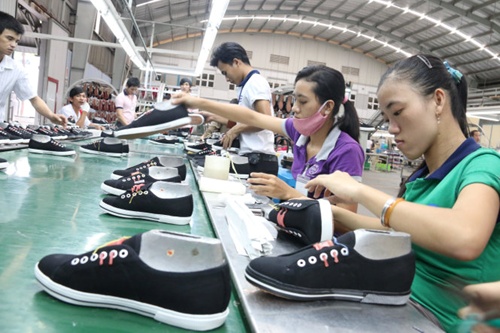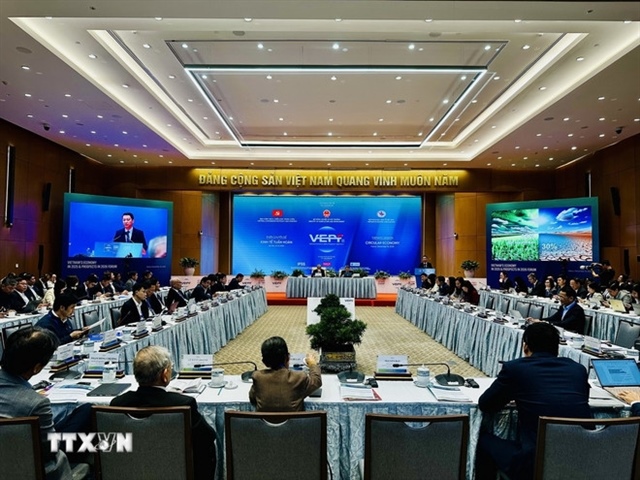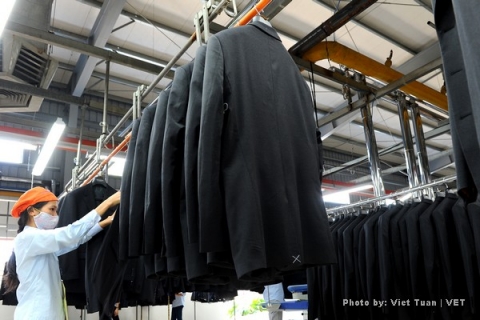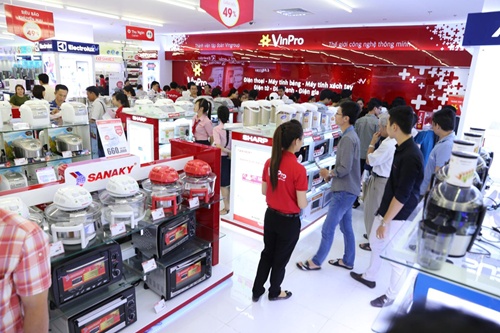EU trade agreement to cut tariffs
EU trade agreement to cut tariffs
After the Free Trade Agreement between EU and Viet Nam (EVFTA) comes into effect, the EU will eliminate 86 per cent of tariff lines or 70.3 per cent of Vietnamese export to the EU, according to the Ministry of Industry and Trade.

The Ministry announced on Saturday that after almost three years and 14 official rounds of talks and many mid-term negotiations between ministers, heads of delegations and technical groups, Viet Nam and the EU have reached an agreement on all basic points of the EVFTA.
Seven years after the agreement takes effect, the EU will eliminate 99.2 per cent of tariff lines for Viet Nam, equivalent to 99.7 per cent of Vietnamese export turnover with the remainder of export turnover enjoying zero-duty tariff rate quotas.
The EU will also eliminate duties on garment, textile and footwear excluding canned tuna over a seven-year period.
The EU will set aside large quotas for Vietnamese unprocessed rice and fragrant rice. Rice imported to the EU under this quota will enjoy duty free classification. The products made from rice will gradually become fully liberalised within seven years.
Vice-versa, almost all EU exports of machinery and appliances will be fully liberalised at entry once the pact comes into force and the rest after five years.
Motorcycles with engines larger than 150 cc will be liberalised after seven years and cars after 10 years, except those with large engines (>3000cc for petrol, > 2500cc for diesel) which will be liberalised one year earlier.
Car parts will be duty free after seven years. Roughly half of EU pharmaceutical exports will be duty free at entry into force and the rest after seven years.
Entire EU textile fabric exports will be liberalised at entry into force.
Close to 70 per cent of EU chemicals' export will be duty free at entry into force and the rest after three, five and seven years.
Viet Nam will also open its market for most EU food products, both primary and processed, allowing EU high quality exports to reach its growing middle class consumers.
The EU is currently the second biggest trade partner and one of the two largest export markets of Viet Nam.
Twenty-three of 28 EU member nations had invested in Viet Nam by the end of 2014 with over 2,000 valid projects worth more than $37 billion. The EU investments are there in almost all important economic sectors of Viet Nam.





















